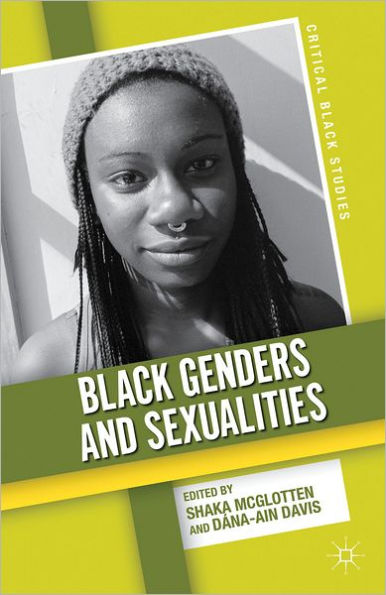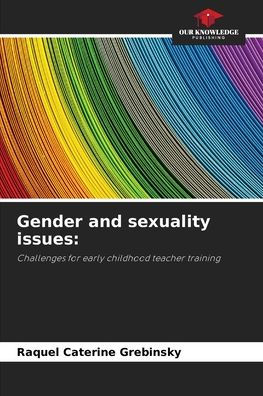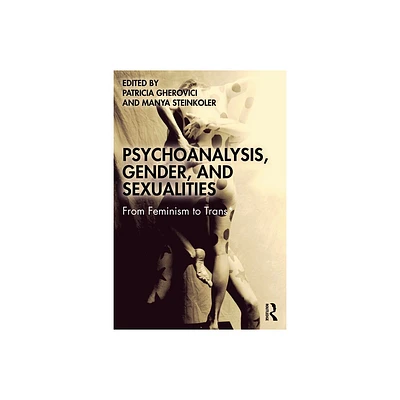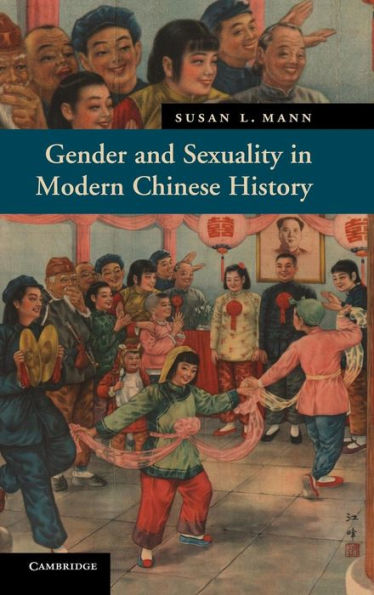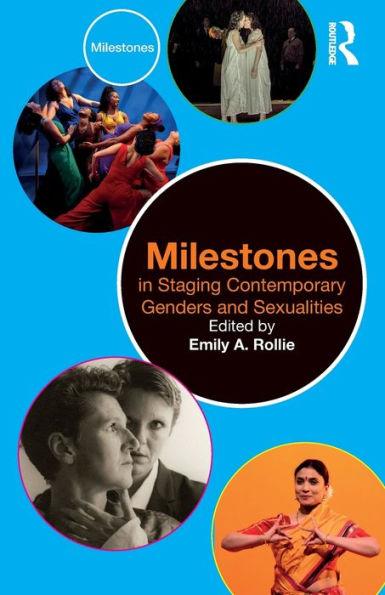Home
Sexuality and Gender Fictions of Espionage: Spying Undercover(s)
Loading Inventory...
Barnes and Noble
Sexuality and Gender Fictions of Espionage: Spying Undercover(s)
Current price: $115.00


Barnes and Noble
Sexuality and Gender Fictions of Espionage: Spying Undercover(s)
Current price: $115.00
Loading Inventory...
Size: Hardcover
*Product Information may vary - to confirm product availability, pricing, and additional information please contact Barnes and Noble
An exploration of how espionage narratives give access to cultural conceptions of gender and sexuality before and following the Second World War, this book
moves away from masculinist assumptions of the genre to offer an integrative survey of the sexualities on display from important characters across spy fiction. Topics covered include how authors mocked the traditional spy genre; James Bond as a symbol of pervasive British Superiority still anxious about masculinity; how older female spies act as queer figures that disturb the masculine mythology of the secret agent; and how the clandestine lives of agents described ways to encode queer communities under threat from fascism. Covering texts such as the Bond novels, John Le Carré's oeuvre (and their notable adaptations) and works by Helen MacInnes, Christopher Isherwood and Mick Herron,
Sexuality and Gender in Fictions of Espionage
takes stock of spy fiction written by women, female protagonists written by men, and probes the representations of masculinity generated by male authors
.
Offering a counterpoint to a genre traditionally viewed as male-centric,
proposes a revision of masculinity, femininity, queer identities and gendered concepts such as domesticity, and relates them to notions of nationality and the defence work conducted at crucial moments in history.
moves away from masculinist assumptions of the genre to offer an integrative survey of the sexualities on display from important characters across spy fiction. Topics covered include how authors mocked the traditional spy genre; James Bond as a symbol of pervasive British Superiority still anxious about masculinity; how older female spies act as queer figures that disturb the masculine mythology of the secret agent; and how the clandestine lives of agents described ways to encode queer communities under threat from fascism. Covering texts such as the Bond novels, John Le Carré's oeuvre (and their notable adaptations) and works by Helen MacInnes, Christopher Isherwood and Mick Herron,
Sexuality and Gender in Fictions of Espionage
takes stock of spy fiction written by women, female protagonists written by men, and probes the representations of masculinity generated by male authors
.
Offering a counterpoint to a genre traditionally viewed as male-centric,
proposes a revision of masculinity, femininity, queer identities and gendered concepts such as domesticity, and relates them to notions of nationality and the defence work conducted at crucial moments in history.

